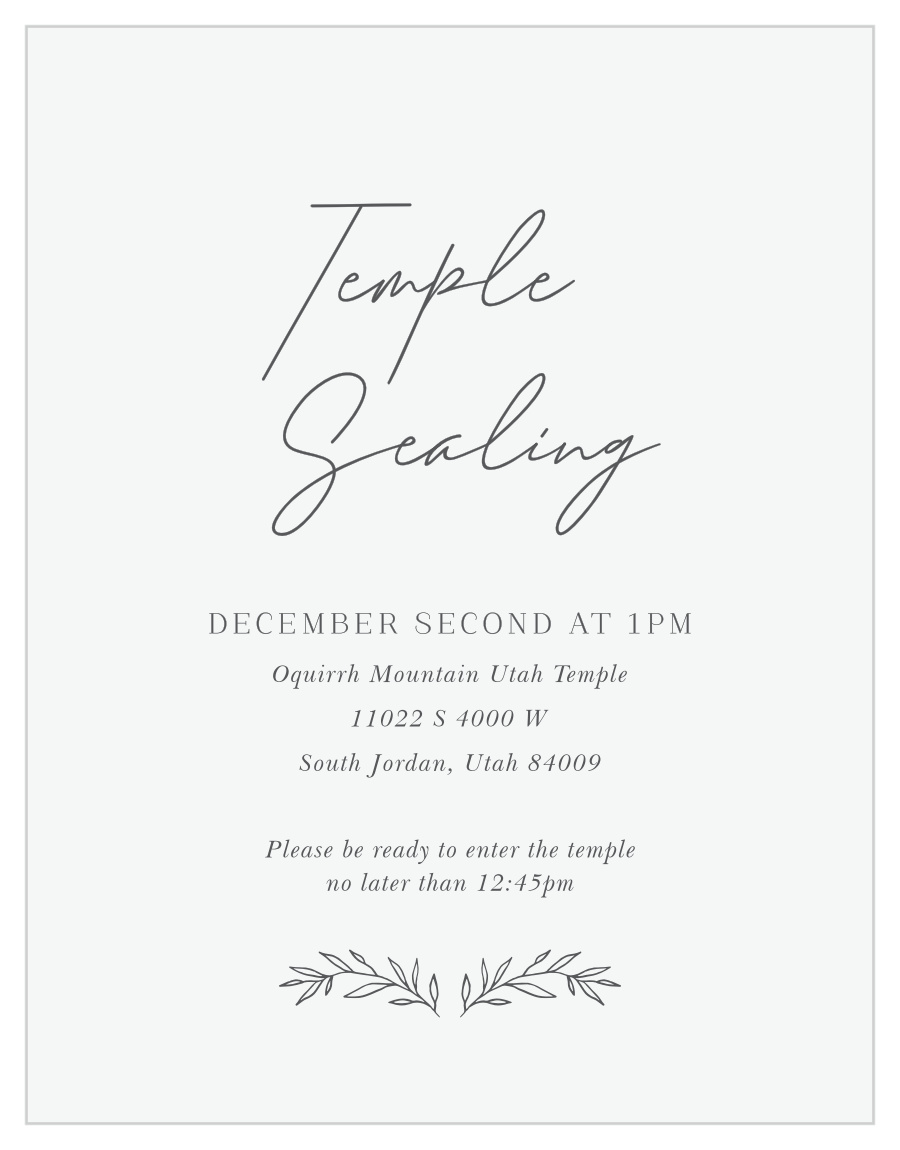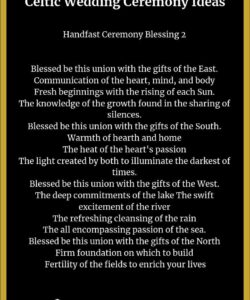For members of The Church of Jesus Christ of Latter-day Saints, the temple sealing ceremony represents the pinnacle of their earthly covenants. It’s a sacred ordinance performed within dedicated temples, binding a husband and wife not just for “time,” but for “all eternity.” This profound commitment is a foundational belief, promising that families can continue together beyond the veil of death, a hope that brings immense comfort and purpose to their lives.
Unlike traditional wedding ceremonies, which are often public celebrations, the temple sealing is an intimate and solemn occasion. It takes place in a dedicated sealing room within the temple, attended only by the couple, a few close family members and friends who also hold current temple recommends, and the officiator, known as the sealer. The focus is entirely on the eternal covenants being made with God, rather than a grand social event.
Because of its sacred nature and the eternal significance it carries, the exact lds temple sealing ceremony wording is not publicly shared outside of the temple. This practice helps maintain the reverence and sanctity of the ordinance, ensuring that its spiritual power is felt and understood by those who participate in this most holy of places. However, understanding the essence and spirit of what transpires during this solemn promise is crucial to appreciating its profound blessings.
The Profound Meaning Behind the Temple Sealing Ceremony
The concept of eternal marriage, or sealing, stands as a cornerstone of Latter-day Saint theology. It teaches that the bonds of love and family are intended to transcend mortality, continuing into the eternities if individuals live righteously and honor their temple covenants. This perspective shifts the focus from a temporary earthly union to a divine, everlasting partnership, allowing couples to truly embark on a journey together “for time and all eternity.”

The sealing ceremony itself is characterized by its simplicity and solemnity. Couples kneel across an altar, facing each other, in a room designed to foster reverence and a sense of divine presence. The sealer, holding sacred priesthood authority, presides over the ordinance, guiding the couple through the covenants they are about to make with each other and with God. Two witnesses are also present, ensuring the proper performance of the ceremony.
Central to the ceremony are the sacred covenants made by the husband and wife. These are not merely promises to one another, but solemn commitments to God to live according to His commandments, to love and cherish each other, and to raise their children in righteousness. Through this ordinance, the couple receives divine power and blessings to help them fulfill these eternal commitments, strengthening their relationship and their family unit.
The reason the precise lds temple sealing ceremony wording is not revealed to the public is rooted in the reverence and sacredness with which these ordinances are held. Temple ceremonies are considered holy and intimate, intended for those who have prepared themselves spiritually to participate. This privacy allows for a deeper spiritual experience, free from external scrutiny or trivialization, enhancing its sacred nature for all involved.
While the specific words remain private, the themes and principles conveyed are clear and powerful. They emphasize unity, eternal progression, the blessings of faithful living, and the divine potential for individuals and families to grow in love and righteousness. The ceremony implicitly teaches about the power of the priesthood to bind on earth and in heaven, promising blessings of joy, peace, and eternal life to those who honor their sacred vows.
Exploring the Essence and Intent of Temple Sealing Commitments
Although the precise wording of the temple sealing ceremony is held as sacred and not openly discussed, the core principles and profound commitments involved are well-understood by members of The Church of Jesus Christ of Latter-day Saints. The essence of the promises and blessings exchanged during this holy ordinance revolves around eternal partnership, family unity, and divine covenants. The following points reflect the spiritual understanding and expectations associated with these sacred commitments:
* A promise to be faithful and true to one’s spouse for time and all eternity.
* A commitment to live in harmony and unity, striving for a divine partnership.
* Covenants to keep the commandments of God throughout their lives.
* The blessing of eternal increase and the continuation of family relationships beyond mortality.
* The promise of receiving all the blessings and privileges of the Abrahamic covenant.
* The understanding that their union is sealed by the holy priesthood, binding in heaven as it is on earth.
* A commitment to cultivate charity, the pure love of Christ, within their marriage and family.
* The promise of receiving spiritual guidance and strength to overcome life’s challenges together.
* An understanding that this ordinance is a gateway to the highest blessings of exaltation.
* The solemn responsibility to raise a righteous posterity, teaching them the gospel of Jesus Christ.
* The assurance of eternal joy and progression as a unified family in the celestial kingdom.
The temple sealing ceremony is far more than a wedding; it is a sacred covenant with eternal implications, binding individuals and families together in a divine order. It represents a profound commitment to God and to each other, promising enduring love, growth, and unity beyond the veil of mortality. This sacred promise provides deep comfort and purpose, offering the hope of an eternal family.
For those who embrace these covenants, the sealing ceremony becomes a guiding star throughout their lives, continually reminding them of the sacred promises made in the presence of God. It instills a sense of divine destiny and an unwavering belief in the power of eternal family, shaping their daily decisions and future aspirations with an eternal perspective.


